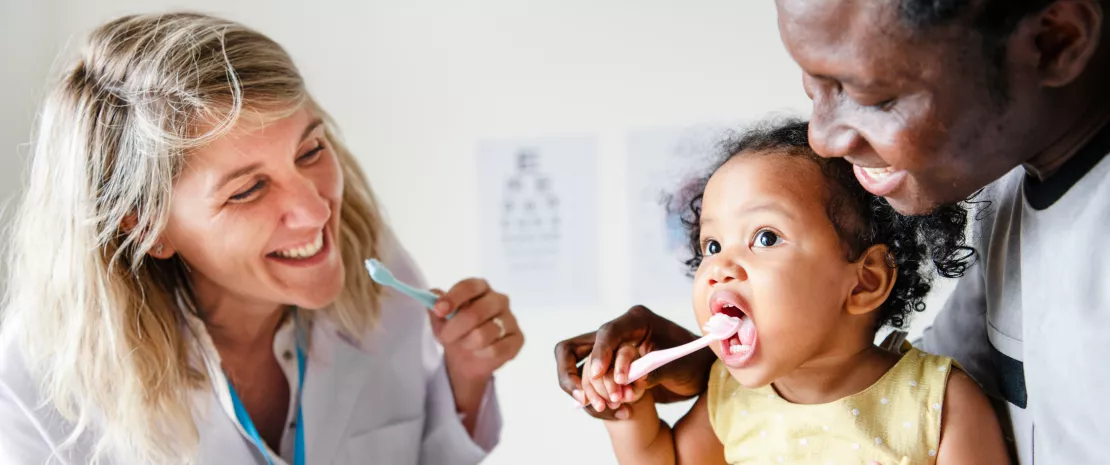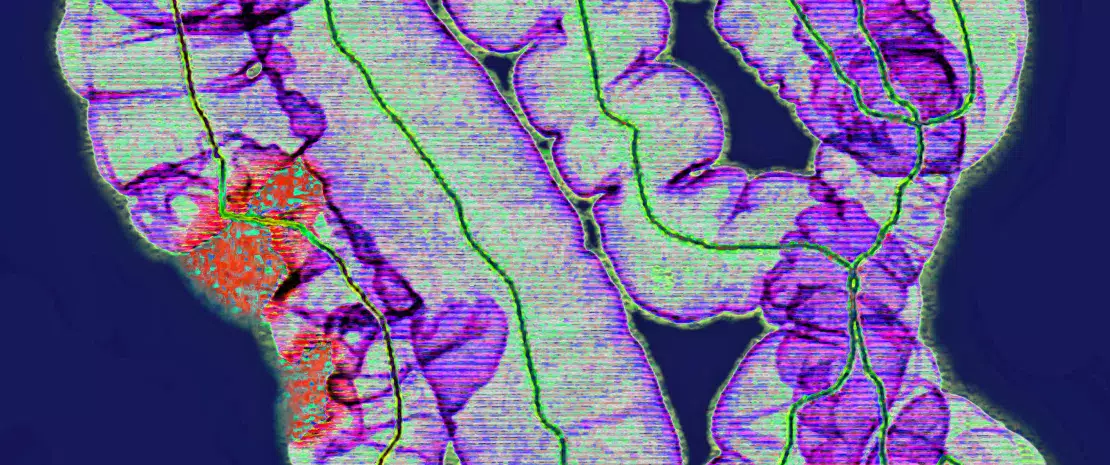Here's a quick look at how Prof. Sokol answers this question from his patients
To have a good microbiota, you must first avoid harming it and secondly, you must provide it with "good things".
Antibiotics are well-known factors that alter the microbiota. However, it is important to remember that these medications are the ones that save the most lives on the planet. It is not about not taking antibiotics but taking them only when necessary.
In our diet, consuming too much red meat, processed meats, and industrial products, known as "ultra-processed" products, promotes the proliferation of "bad" bacteria that have pro-inflammatory effects, meaning they will cause inappropriate activation of the immune system.
What stimulates the "good" bacteria in our gut are primarily plant fibers. Thus, you should consume plenty of fruits and vegetables in a diverse manner to nourish different bacteria and promote the diversity of the microbiota. Consuming fermented foods, such as yogurt, kefir, sauerkraut, or kimchi, could also be beneficial for our health and our microbiota.
Related content

 Oral microbiota transplantation: a ray of hope for preventing chemotherapy-induced mucositis?
Oral microbiota transplantation: a ray of hope for preventing chemotherapy-induced mucositis?






































